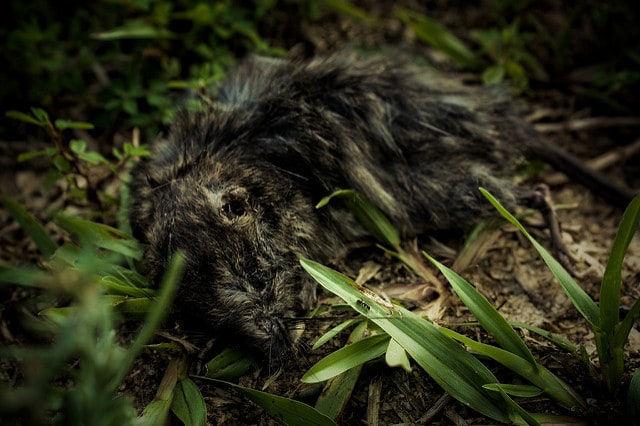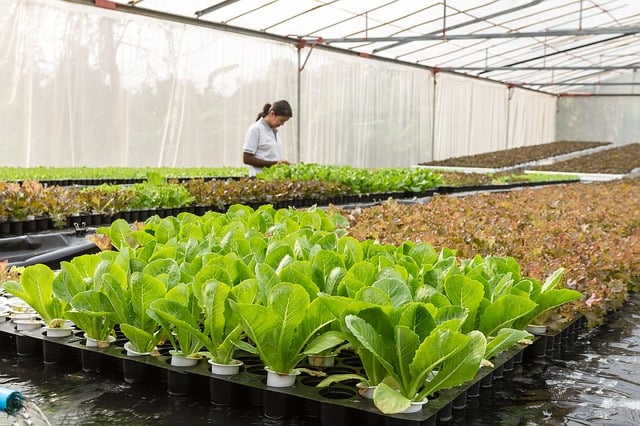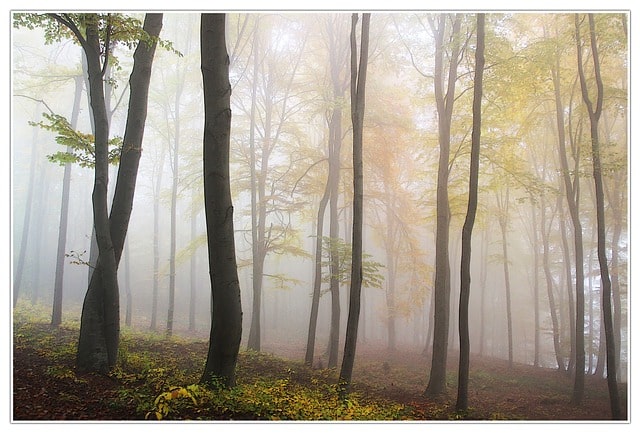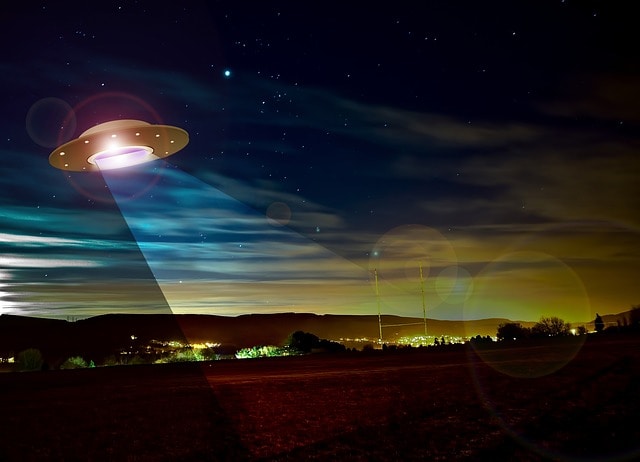Tropical Rainforest Biome: Climate, Precipitation, Location, Seasons, Plants and Animals
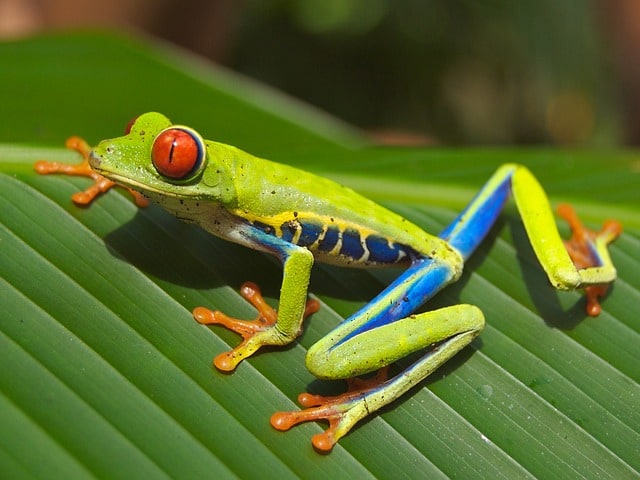
The earth consists of a myriad of charming places. It’s also home to numerous plant and animal species including humans. This entire species live in completely distinct environments. These distinct environments are known as Biomes. Some of the main biomes of the world include the grassland biome, desert biome, deciduous forest biome, taiga biome, rainforest biome, and aquatic biome. Of all the biomes existing on planet earth, the rainforest biome is home to the most plant and animal species beating other kinds of biome combined. The rainforest biome is further divided into the tropical rainforest biome and temperate rainforest biome.
Tropical rainforest biome is an ecology or ecosystem composed of mainly vegetation communities. The trees are closely spaced, and the crowns interact with each other to result in an unbroken canopy of plants. Tropical rainforests are abundant. Statistically, they cover approximately 7% of the surface of the earth. As its name implies, tropical rainforest experiences a lot of rain during specific seasons, but pleasantly good distribution throughout the year each day and night. Tropical rainforests are extremely vital since the water they generate is evaporated and utilized as rain in other parts of the earth.
Climate
Tropical rainforest climate is mainly humid due to warm summers and cold winters. The average temperature is approximately 77 degrees Fahrenheit, and it’s almost the same throughout the year. Tropical rainforests cannot thrive in temperatures below 32 degrees Fahrenheit since the plant life is not well-suited to frosty conditions. The region experiences about 255 days of sunshine annually. Furthermore, the terrain is gentle, so weather conditions are rarely extreme. Even though the climate of tropical rainforests is hospitable, it can be quite challenging to navigate the dense undergrowth.
Temperature
The average temperature in a tropical rainforest is 77 degrees Fahrenheit. However, it is not uncommon for the temperature to range from 68 to 86 degrees Fahrenheit. The temperature in a tropical rainforest is relatively consistent throughout the year. There is little variation between daytime and nighttime temperatures. The temperature does not typically drop below 68 degrees Fahrenheit or rise above 86 degrees Fahrenheit. The temperature in a tropical rainforest is influenced by the location of the rainforest. Tropical rainforests near the equator have a higher average temperature than those located further away from the equator. The elevation of the rainforest can also affect the temperature. Tropical rainforests located at higher elevations tend to be cooler than those at lower elevations.
Precipitation
On average, tropical rainforests receive annual precipitation of more than 150cm. In a single month, the rainforest can receive 4 inches of rain. Tropical rainforest differs from other climates. Evaporation in other climates is transported to fall as rain in other far areas. In tropical rainforests, more than 50% of its precipitation emanates from within the rainforest ecosystem and falls as rain in the same ecosystem.
Tropical rainforests are further subdivided into 4 depending on the amount of precipitation experienced. For example:
- Lowland tropical rainforests: They receive the most rain per year, average annual precipitation of 80 inches. They are quintessentially situated near the equator.
- Highland tropical rainforests: These kinds of rainforests are situated on high peaks and tablelands. They harbor a terrific range of species, most of which are unique to the elevated environments. These areas are significantly colder, and with a substantial increase in altitude, the trees growing here become reduced in stature and their leaves become tougher and smaller.
- Monsoon rainforests: This kind of tropical rainforest occurs in areas that experience strong seasonal wet and dry climates. It primarily consists of small thickets clinging to basins, stream banks, and gorges where the required conditions are available for its survival. Climbers are usually the biggest feature of Monsoon tropical rainforests.
- Subtropical rainforest: It’s a lot similar to tropical rainforests only that it harbors a lesser number of species. Climbers and epiphytes are common here, and most trees are buttressed. Strangling palms and figs are predominant, with palms occurring in widespread colonies.
Location
Tropical rainforests naturally lie in proximity to the equator. Areas near the equator are hot and wet. Equatorial climate means there is a lot of sunlight striking the land and sea than in any other place. The intense heat of the sun warms the sea and land causing evaporation into the atmosphere. The warm air can hold a greater amount of water vapor. As the evaporated air rises to the air, it cools. When it cools, it loses the capacity to hold a lot of water vapor. When warm air meets cold air, condensation occurs.
Condensation transforms the water vapor into droplets leading to the formation of clouds. The clouds fall as rain. Rainfall occurs for more than 90 days in a single year, and the sun normally shines amid the storms. This cycle repeats itself, which is why there is constant rainfall in tropical rainforest biomes.
Tropical rainforests occur in every continent except Antarctica, but the vast majority are situated in South America, with Brazil taking the biggest chunk. They are also located in the Islands off of Southeast Asia and lowland regions in Africa.
Among the world’s largest rainforest biomes include:
- Amazon Rainforest in Brazil: This covers seven million square kilometers
- Daintree Rainforest: Located on the northeast coast of Queensland, Australia along the Daintree River with an area of 2,600 Km Sq
- Sinharaja Forest: Located in Sri Lanka, with an area of 21 km from east to west, and a maximum of 7 km from north to south,
- Monteverde Forest: Located in Costa Rica, and consists of over 10,500 hectares of tropical rainforest
- Southeast Asian: Are not so dense
Soil
Tropical rainforests are found near the equator where the climate is warm and humid. The dense vegetation and high rainfall provide rich soil that is ideal for plant growth. The trees anchor the soil and prevent it from washing away. The extensive root systems of the trees help to retain water, fertilize the soil, and moderate temperature fluctuations.
The rainforest canopy blocks most sunlight, which helps to keep the ground cool. This is especially beneficial to plants that require a moderate temperature range. Dense vegetation also helps to regulate humidity, which is important for healthy plants and animals.
Seasons
Tropical rainforest areas do not experience seasons like summer, winter, spring, or autumn. Instead, seasons in tropical rainforests are categorized into dry and wet seasons. Each season lasts approximately 6 months. In the Amazon, particularly, the most extreme season happens between December and May. The Amazon experiences an extraordinary 6 to 12 feet or even more rainfall. The driest season comes between June and August with an average rainfall of approximately 6 inches.
The huge amount of rainfall experienced in the Amazon in the course of the wet season results in a dramatic rise in river water levels throughout the forest ecosystem. This leads to extensive flooding. Happily, the plant, animal, and tree species here have mastered the art of living with seasonal flooding. During seasons of flooding, aquatic species like fish dolphins, and turtles dive to river depths that are extremely difficult to reach.
While the flooding takes place, filling the entire forest, the animals can maneuver through the rainforest in search of food. Plants have also adapted characteristics to survive flooding. Numerous trees have developed barks that cannot rot whatsoever. Some trees feature buttress roots that grow like tent-frame to help them anchor to the ground to prevent falling. The buttress roots also help them suck up nutrients during this period.
Plants
Tropical rainforests in the world harbor an astonishing range of plant species. This is clearly reflected in the Amazon rainforest, which is home to more than 40,000 plant species. The presence of a hot, humid climate enables these plant species to thrive. Some plant species grow pretty quickly; others acquire bigger leaves, while others develop excellent defenses against predators. Some of the most interesting rainforest plants include;
- Epiphytes – plants that grow on other plants.
- Orchids – one of the most popular rainforest plants.
- Carnauba Palm (Copernicia prunifera) – a palm-like tree that is endemic to the Amazon rainforest.
- Walking Palm (Socratea exorrhiza), which is also endemic to the Amazon rainforest.
- Amazon water lily (Victoria amazonica) – a water lily that can grow up to 10 feet tall.
- Rubber Tree (Hevea brasiliensis) – one of the most common trees in the rainforest.
- Açai Palm (Euterpe precatoria) – a palm that grows up to 25 feet tall.
- Bromeliads – these are succulent plants that typically have a single large flower.
- Silky Oak (Grevillea robusta) – an oak that grows in the rainforest.
- Corpse Flower (Rafflesia arnoldii)
Animals
Tropical rainforests provide homes to many animal species due to their constant warm temperatures, considerable moisture level, and bountiful supply of plant life. In fact, the number of animals living in tropical rainforests is more than in other habitats collectively. Colorful and unique animal species are found here. Almost all kinds of creatures are well-represented in this forest, ranging from tiny insects to large mammals.
Bacteria make the smallest organisms living in this biome. They are chiefly responsible for decomposing fallen wood, leaves, and other dead organic matter. Even though the rainforest is vast and contains many tree species and plants, some animal species that live here never reach the ground layer. They stay in the middle layer and on top of canopies throughout their lifetime.
The diversity of animal life in the tropical rainforest is remarkable. Some of the most common animals include;
- Monkeys – a popular primate species that inhabits the tropical rainforest.
- Jaguars – one of the most dangerous big cats in the world that inhabit this biome.
- Aye-aye – an endangered primate that inhabits the tropical rainforest.
- Bushbaby – a small rodent that lives in the rainforest.
- Toucans – one of the most common avian species found in this biome.
- Sloths – one of the slowest mammals on earth that inhabits the tropical rainforest.
- Harpy Eagle – a large eagle that inhabits the tropical rainforest.
- Tapirs – an herbivorous mammal that inhabits the tropical rainforest.
- Leopard – one of the most common big cats in the world that inhabits this biome.
- Fruit bats – a popular and important species that eat lots of fruit in the rainforest.
Fun Facts
Did you know that the tropical rainforest is home to more than half of the world’s animals? That’s right – more than 50% of all animal species on Earth live in this amazing biome. The tropical rainforest is also home to some of the world’s tallest trees, including the kapok tree which can grow up to 200 feet tall!
The tropical rainforest also has a very high moisture content, which is why it’s so dense with plant life. In fact, the moisture level in a tropical rainforest is about 10 times greater than in a regular forest. This high moisture level is why many of the rainforest’s plants are hard to dry out. Below is a list of some other fun facts about the tropical rainforest:
- The tropical rainforest is the most diverse biome on Earth.
- The tropical rainforest is home to more than half of all animal species on Earth.
- The tropical rainforest is the world’s second-largest biome.
- The tropical rainforest provides a wide variety of plant life.
- The tropical rainforest is home to many colorful animal species.
- The tropical rainforest is home to many slow-moving mammals.
- The tropical rainforest is home to many large animals.
If you want to see a truly amazing biome, visit a tropical rainforest!

